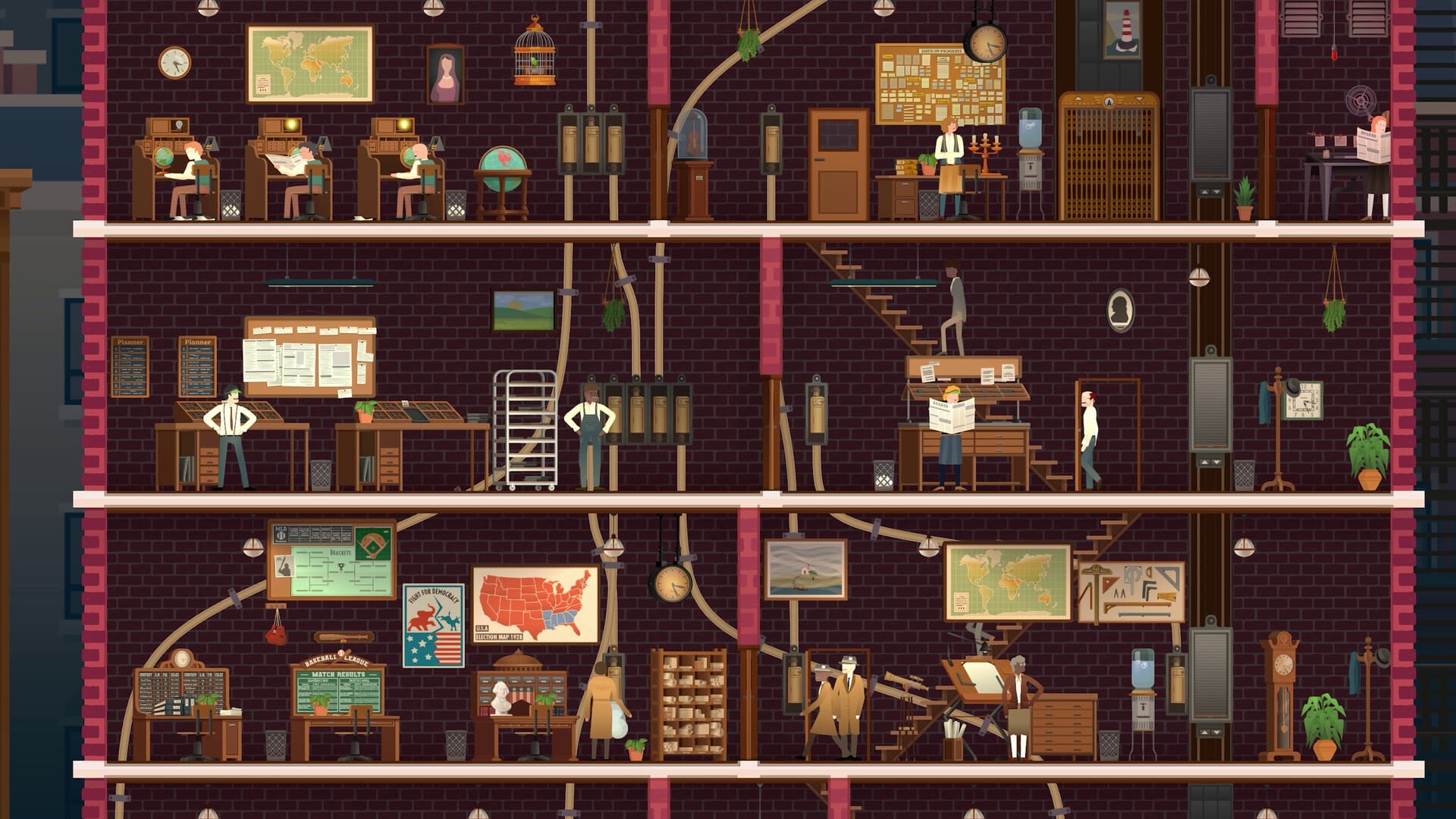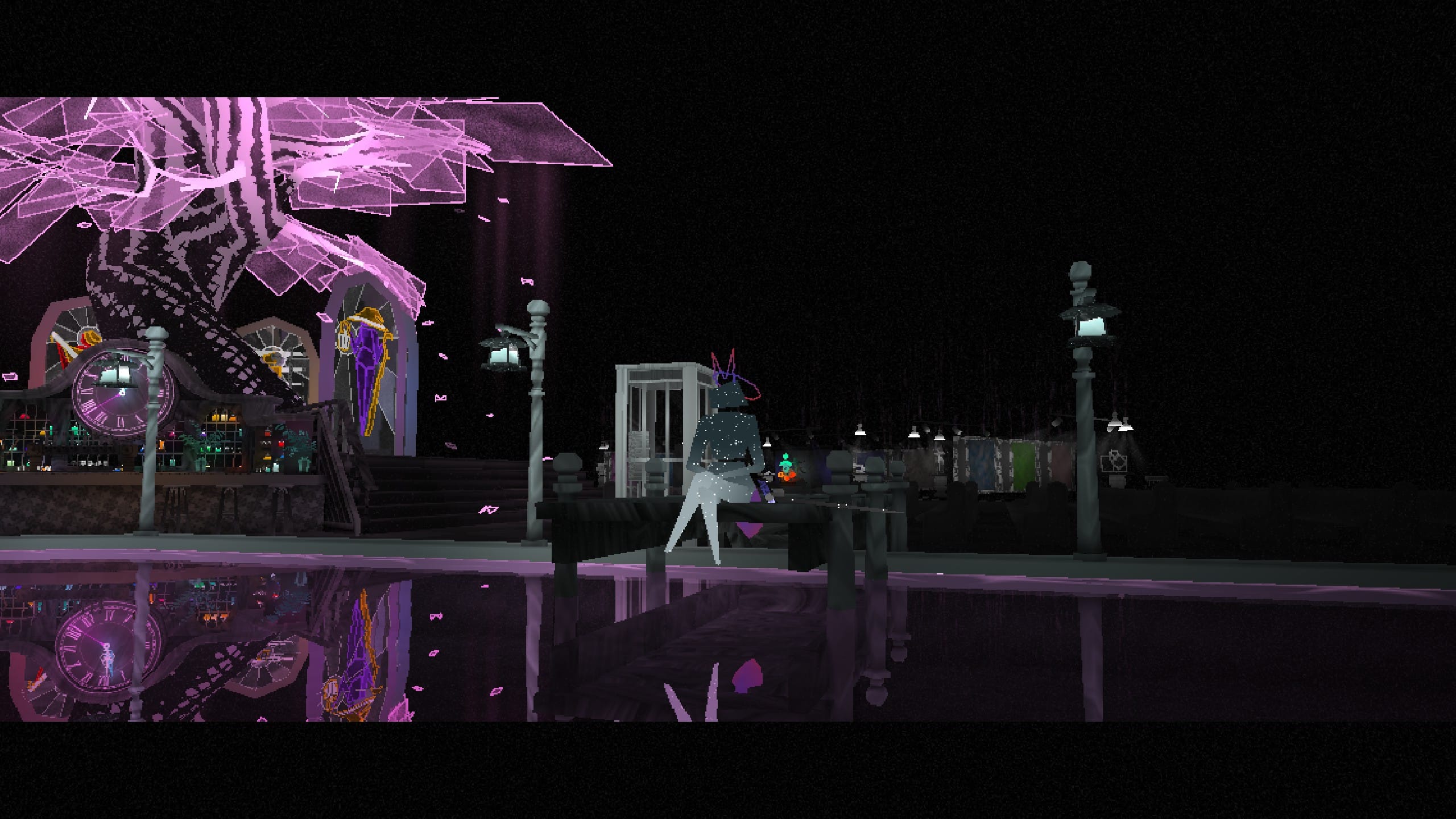It’s undeniable that Portal proved to be a major influence for future games involving first-person gameplay infused with humor, and over the years since its release, we’ve gotten to play around with a lot of fun concepts build on a shell very similar to the adventures we had within Aperture Science alongside our pal G.L.A.D.O.S. Like Portal, Pillow Castle’s Superliminal is a game all about subverting your expectations.
This time, you’ll be dealing with a dream-like reality where things aren’t exactly what they seem. You can manipulate objects and change their size at your whim in order to overcome whatever’s in the way between you and the exit. Oh, did I forget to mention that you are also talked down by a disembodied female robotic voice? Yeah, there’s much to Superliminal that will probably remind you of Valve’s masterpiece, and while I would hate to keep drawing comparisons throughout this review, it’s impossible not to see just how much of that game is in this one, for better or for worse.
Throughout Superliminal, you’ll be forced to think beyond the borders of logic. Let’s not get too crazy here, it’s nothing really mind-bending in any way, but the puzzle design manages to be quite clever, for as limited as your interactions with the rooms you’re locked into can be. You’re basically put into situations with a single solution that you have to figure out by putting into use whatever items you are allowed to mess around with. I would’ve totally gotten a whole bunch more out of this game if more stuff could be torn off the wall and used, but hey, an exit sign is fine to use. Then again, does it always have to be an exit sign?

And what exactly do you do with that sign, you ask? Well, right from the get go, you’ll notice that you can bring items closer and further from walls as your perspective changes depending on what you’re facing. That makes the item you’re holding grow and shift in size as you start forcing a perspective upon the obstacle you’re looking at and the item you’re currently handling. Think of a painting by Dutch surrealist artist M.C Escher and you’ll catch my drift. Thing is, once you think you’ve mastered this gameplay mechanic, Superliminal turns things around by adding in more wrinkles, keeping that pacing going as you get deeper and deeper into your dreams.
I would be lying if I didn’t say I felt suspicious about the whole premise of the game as I played it. You know how you knew there was a twist coming all along in Inception? Well, I felt the same about Superliminal. Was I getting deeper and deeper into a dream? Or were the dreams building upon one another? Especially with the voice recordings poking and prodding me as a Dr. Glenn Pierce attempted and utterly failed to bring any authority into what was going on during the game, sort of like what goes on in The Stanley Parable. That’s probably because like many people who’ve been playing games and watching movies for years, I’m trained to expect being played, and while that’s in any way Superliminal’s fault, it’s something that’s really difficult to avoid doing.

In a way, it feels like Superliminal’s logic would better fit in a bigger of a sandbox game than what it ends up serving. The core concept of having to twist and make your viewpoint conform to whatever path you’re trying to build is brilliant on its own, but the limited set of possibilities within the game don’t give as much room for creativity as I would’ve liked. Sometimes, it even feels like the solution is a little forced, like it would break everything at any point. This doesn’t happen with every single puzzle, but when it does, it’s somewhat disappointing, since there’s only so much you can interact with, and even then, the solution ends up being something totally inelegant.
Then again, this game’s been in development for years, and I’m sure the developers thought about having a larger set of variables to give to players in order to deal with the puzzles. Having limitations is usually the solution to solving problems that would otherwise burn away hours of work and possibly never see them fixed, so I can totally understand how this avenue was chosen, even if it results in having a game that shows all of its cards the first time through.

In that regard, I’m thankful that I inadvertently avoided trailers for Superliminal before playing, so the only puzzle solution that was given away came from one of the pre-release screenshots, otherwise it would’ve been disappointing to miss the surprises and clever bits throughout, of which there are many. For as much as its pre-release material can be bad about spoiling things, Superliminal’s really good at not telegraphing its best parts, and when it really gets going, you’ll be hard pressed not to drop puzzle after puzzle non-stop.
While not as impacting as the games that inspired it, Superliminal still manages to bring a lot of unique ideas to the table. I would’ve loved to see more flexibility to its design when it comes to solving puzzles, and even maybe a little more polish in the way you do so. But in a way, it’s weirdly fun to feel like you’re breaking the game when in fact it’s exactly what you needed to be doing in the first place.




